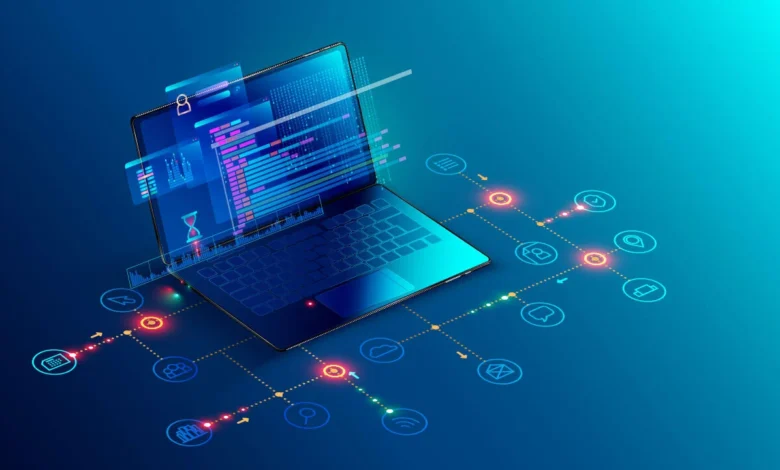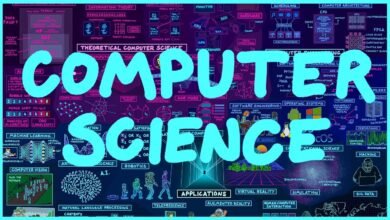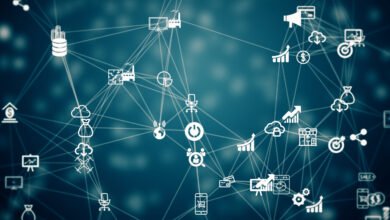The Dark Side of Software: Uncovering the Hidden Dangers in 2023

Dark Side of Software
In this article, we will uncover the hidden dangers of Dark Side of Software and how they can impact our lives. In today’s digital age, software has become an essential part of our lives. From smartphones to smart homes, we rely on software to make our lives easier and more convenient. However, with all the benefits that software provides, there is also a dark side that many people are unaware of.
-
The prevalence of software in our lives
Software is ubiquitous in our lives, and it plays an increasingly critical role in our daily routines. From our phones to our cars, we rely on software to make our lives easier. Software has revolutionized the way we communicate, work, and entertain ourselves. However, with the proliferation of software, there are also risks associated with it. In this article, we will explore the hidden dangers of software and what we can do to protect ourselves.
-
Security Risks: Protecting your data and privacy
One of the most significant risks associated with software is security. Hackers and cybercriminals are constantly looking for vulnerabilities to exploit in software. These vulnerabilities can lead to the theft of sensitive data, such as financial information or personal information. To protect yourself from these risks, you should always keep your software up to date with the latest security patches. You should also use strong passwords and two-factor authentication when possible.
-
Malware: The hidden threat
Malware is a type of software that is designed to harm your computer or steal your information. Malware can be delivered through email attachments, infected software, or malicious websites. Malware can cause your computer to crash, steal your personal information, or even use your computer to launch attacks on other computers. To protect yourself from malware, you should use antivirus software and avoid downloading software from untrusted sources.
-
Addiction: The downside of convenience
Software can be addictive. Many of the apps and games that we use every day are designed to keep us coming back for more. Social media, in particular, can be addictive and lead to negative consequences, such as a decrease in productivity or social isolation. To avoid the negative effects of addiction, it is essential to set boundaries and limit the amount of time you spend on social media and other addictive software.
-
Environmental Impact: The hidden cost
Software has a hidden cost that many people are unaware of: its impact on the environment. The production, distribution, and disposal of software can have a significant environmental impact. Software companies can reduce their environmental impact by using renewable energy sources, designing software that is energy-efficient, and promoting the reuse and recycling of software.
-
The importance of awareness
Software has transformed our lives, but it also comes with hidden dangers that we must be aware of. By staying informed and taking steps to protect ourselves, we can enjoy the benefits of software without falling victim to its dark side. Whether it’s through keeping our software up to date, avoiding untrusted sources, setting boundaries for our use, or promoting environmentally responsible software design, we can make a difference and protect ourselves from the hidden dangers of software.
-
Legal Risks: Protecting yourself from liability
Software can also pose legal risks for both individuals and companies. For example, using unlicensed or pirated software can result in significant fines and legal action. Additionally, companies that create software may be held liable for any harm caused by their software, such as data breaches or accidents caused by autonomous vehicles. It’s essential to ensure that you are using licensed software and that you understand the legal risks associated with developing and distributing software.
-
Accessibility: Ensuring equal access for all
Another hidden danger of software is its potential to exclude certain groups from accessing it. Software that is not designed with accessibility in mind can make it difficult or impossible for people with disabilities to use it. This can include software that is not compatible with assistive technologies, such as screen readers or voice recognition software. It’s essential for software developers to prioritize accessibility and ensure that their software is accessible to everyone, regardless of ability.
-
Social Impact: The potential for harm
Software can also have a significant social impact. For example, algorithms used by social media platforms can reinforce existing biases and perpetuate harmful stereotypes. Additionally, the automation of certain jobs can lead to job loss and economic inequality. It’s important for software developers to consider the potential social impact of their software and work to mitigate any negative effects.
Read More:The Ultimate List of Top Softwares for Creative Professionals in 2023
Conclusion:
In conclusion, the dark side of software includes security risks, malware, addiction, environmental impact, legal risks, accessibility issues, and social impact. While these risks cannot be eliminated entirely, we can take steps to mitigate them. By staying informed, using software responsibly, and prioritizing the ethical development of software, we can balance the risks and benefits of software and enjoy its many benefits without falling victim to its dark side. It’s up to all of us to ensure that software is used in a way that benefits society as a whole.












One Comment